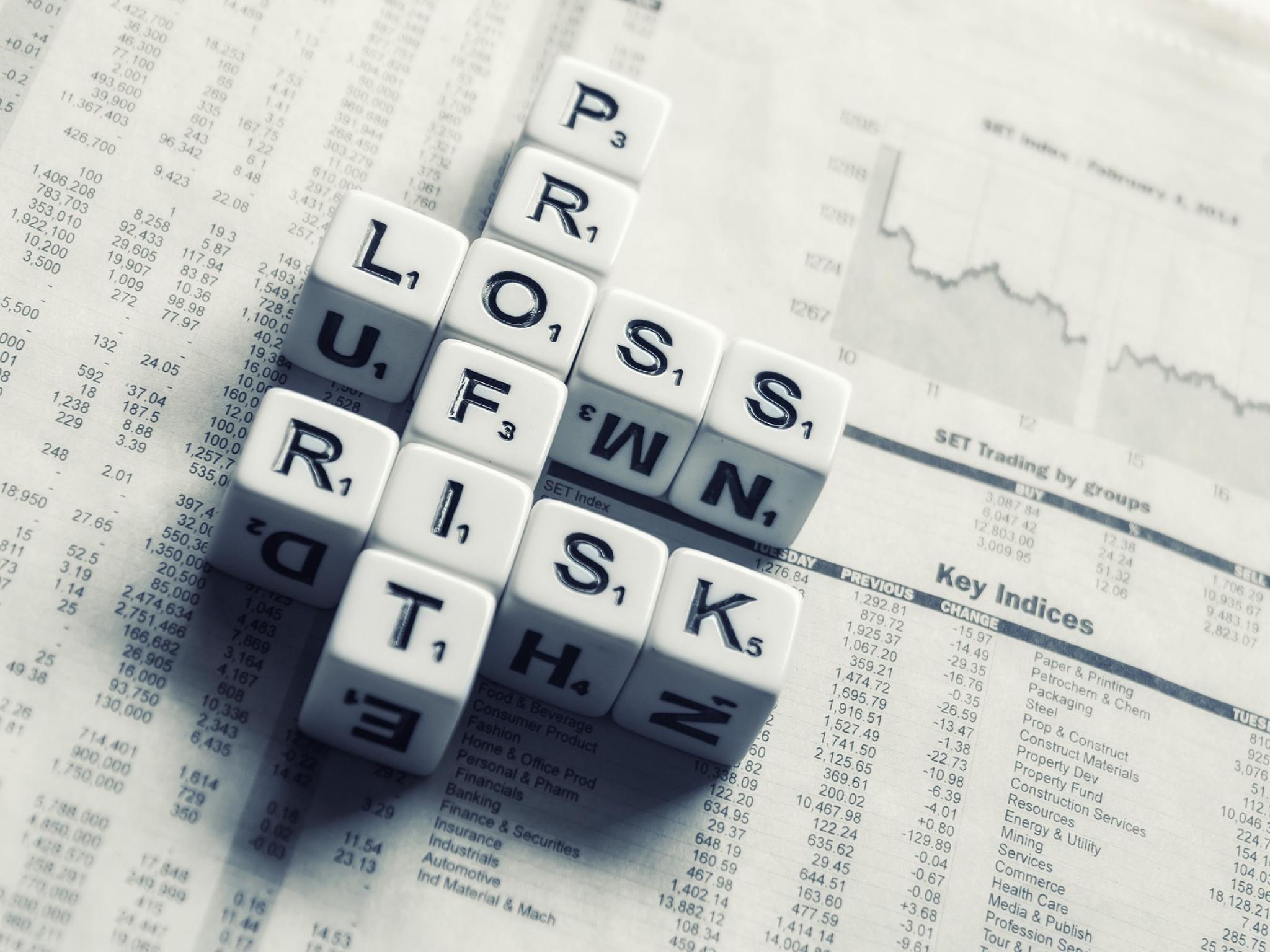
The S&P 500 Index ended February with a drop of a little over 3%, as investors reacted to Russia's invasion of Ukraine. The pullback would have been steeper if not for the comeback staged by the markets late in February.
The raging crisis in Eastern Europe has sparked fears of the sell-off continuing into March.
Why January, February Losses May Not Predict 2022 Performance: The first two months of the year had the S&P 500 Index closing in the red amid fears of the Ukrainian crisis impacting the global economy and stock market, LPL Financial's chief market strategist Ryan Detrick said in a note.
This may not necessarily portend a bleak year, he added.
Despite the negative closes in the first two months of the year in 2016 and 2020, stocks managed to end the year higher, the analyst said.
Related Link: How The Stock Market Performs In Times Of War
Midterm Election Years See Early Weakness: Detrick also noted that in midterm election years, the equity market tends to see weakness early in the year. On a positive note, these years see strong rallies in the later half, the analyst said.
The first three quarters are the weakest in the entire four-year cycle, the analyst noted.
March A Solid Month For Markets: The month of March is historically strong in a midterm election year, Detrick said. March is the fourth-best month in a midterm year and the sixth strongest month in the years since 1950, the analyst noted.
If the 12.5% drop in March 2020 is excluded, the month will have an even better number to show, the analyst said.
In the near term, headlines will move stocks, Detrick said. The analyst, however, expects the overall economic growth in the U.S. to remain quite strong. This will likely push stocks back up to LPL's year-end fair value target of 5,000 for the S&P 500 Index, he added.







